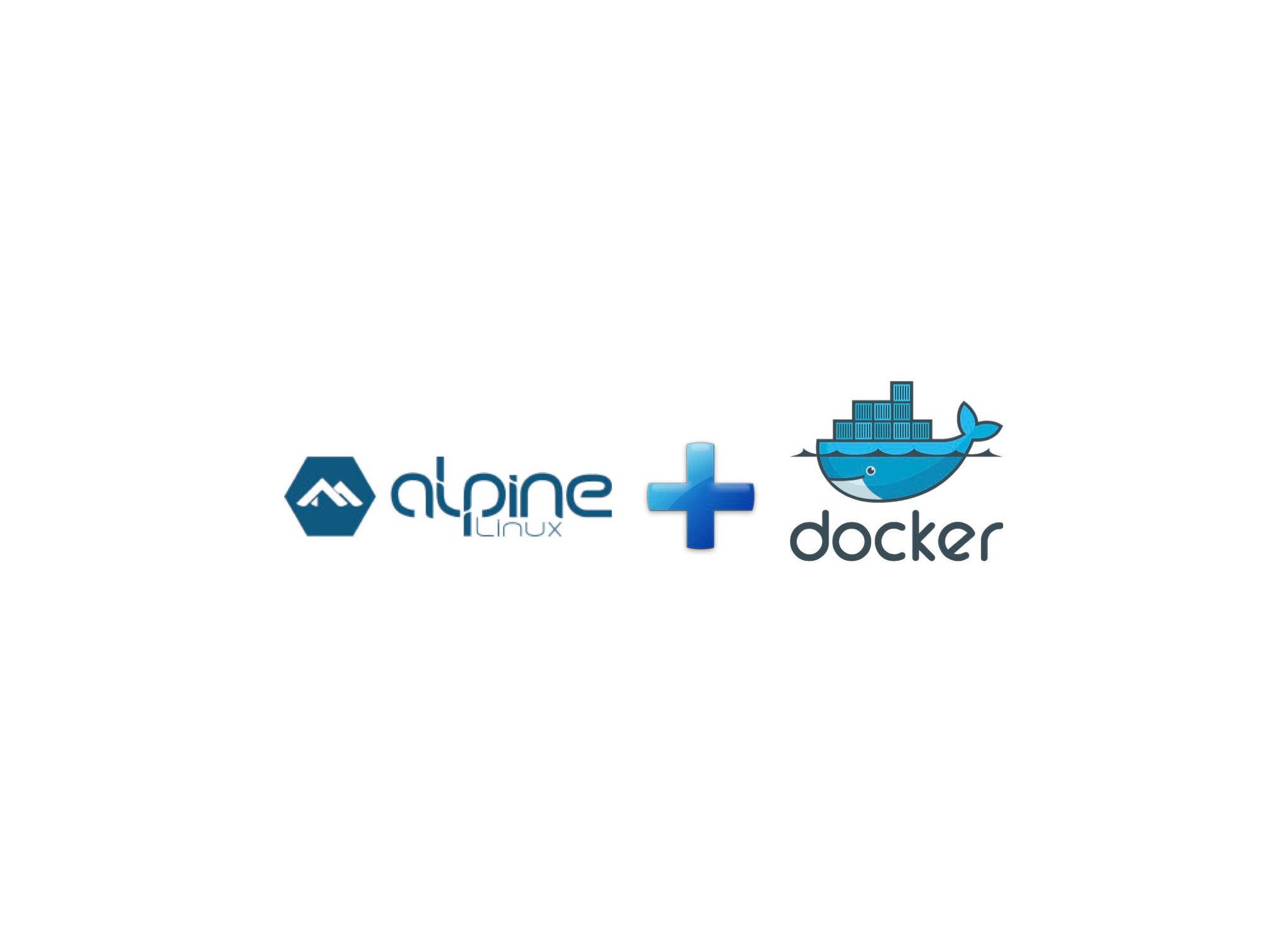As a seasoned Docker user, you’ve likely come across the term “Alpine” when exploring base images for your containers. Perhaps you’ve even used Alpine Linux-based images without fully grasping their significance. Today, we delve into the world of Alpine Linux images in Docker, shedding light on their unique characteristics and why they are favored by many in the containerization realm.
My Alpine Revelation
I confess that I, too, once skimmed over the term “Alpine” without delving into the details. Docker was my go-to tool for containerization, and it seemed like just another choice among many. However, curiosity got the better of me one day, and I decided to unravel the mystery of Alpine Linux images.
The Essence of Alpine Linux Images
Alpine Linux, in a Nutshell:
Alpine Linux is a lightweight and security-focused Linux distribution. What sets it apart in the Docker universe is its commitment to minimalism. Instead of a bloated image with an abundance of pre-installed software and libraries, Alpine Linux starts with the absolute essentials. The result? Incredibly small Docker images.
The Alpine Advantage
Here’s why Alpine Linux images are gaining ground among Docker enthusiasts:
1. Lean and Mean:
Alpine images are the epitome of minimalism. With minimal baggage, these images are incredibly compact, often just a few megabytes in size. Smaller images mean faster downloads, reduced storage requirements, and quicker deployments.
2. Efficiency Unleashed:
Resource efficiency is where Alpine truly shines. Its modest resource footprint is a blessing in containerized environments, where efficient resource utilization is paramount.
3. Security First:
Alpine Linux places security at the forefront. It employs the musl libc library, known for its robust security features. Furthermore, the apk package manager, Alpine’s tool for managing packages, adheres to strict security practices.
4. Slim Attack Surface:
Less is more in terms of potential vulnerabilities. Alpine’s minimalistic approach inherently reduces its attack surface. Fewer components and libraries translate to fewer potential entry points for threats.
Embracing the Alpine Way
In conclusion, Alpine Linux images in Docker are a revelation for those seeking to optimize their containers. Their small size, resource efficiency, and security-first approach make them a go-to choice for developers and DevOps professionals alike.
So, the next time you venture into the world of Docker and contemplate your base image choice, remember Alpine Linux. Its minimalistic charm might just be the secret sauce to enhance the performance, security, and efficiency of your containerized applications.
